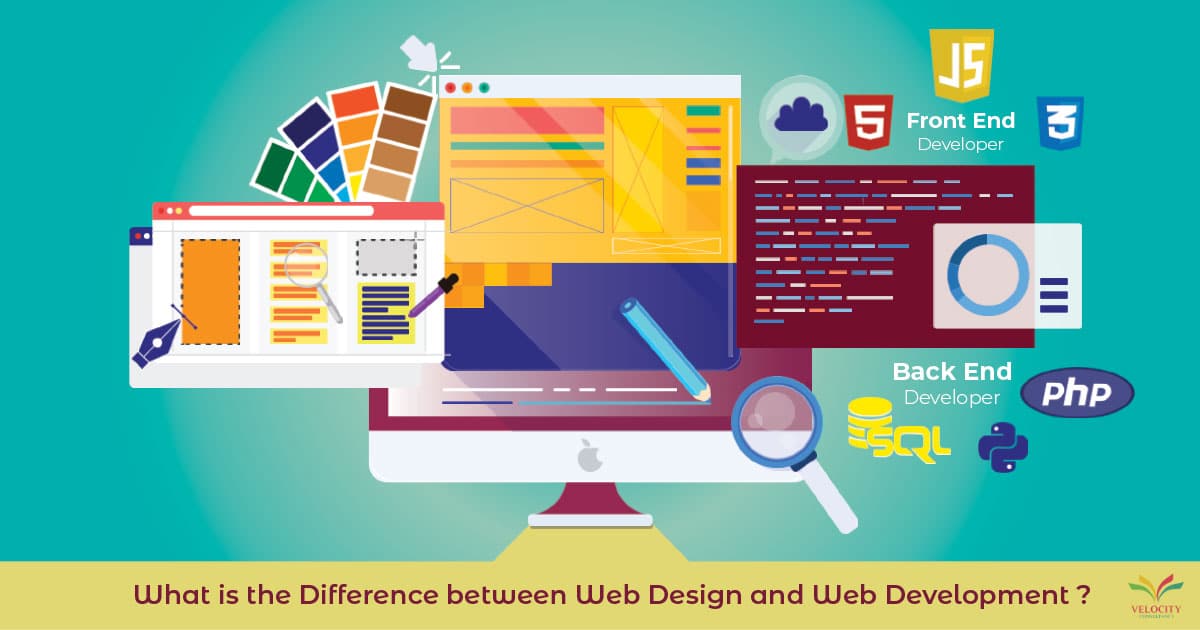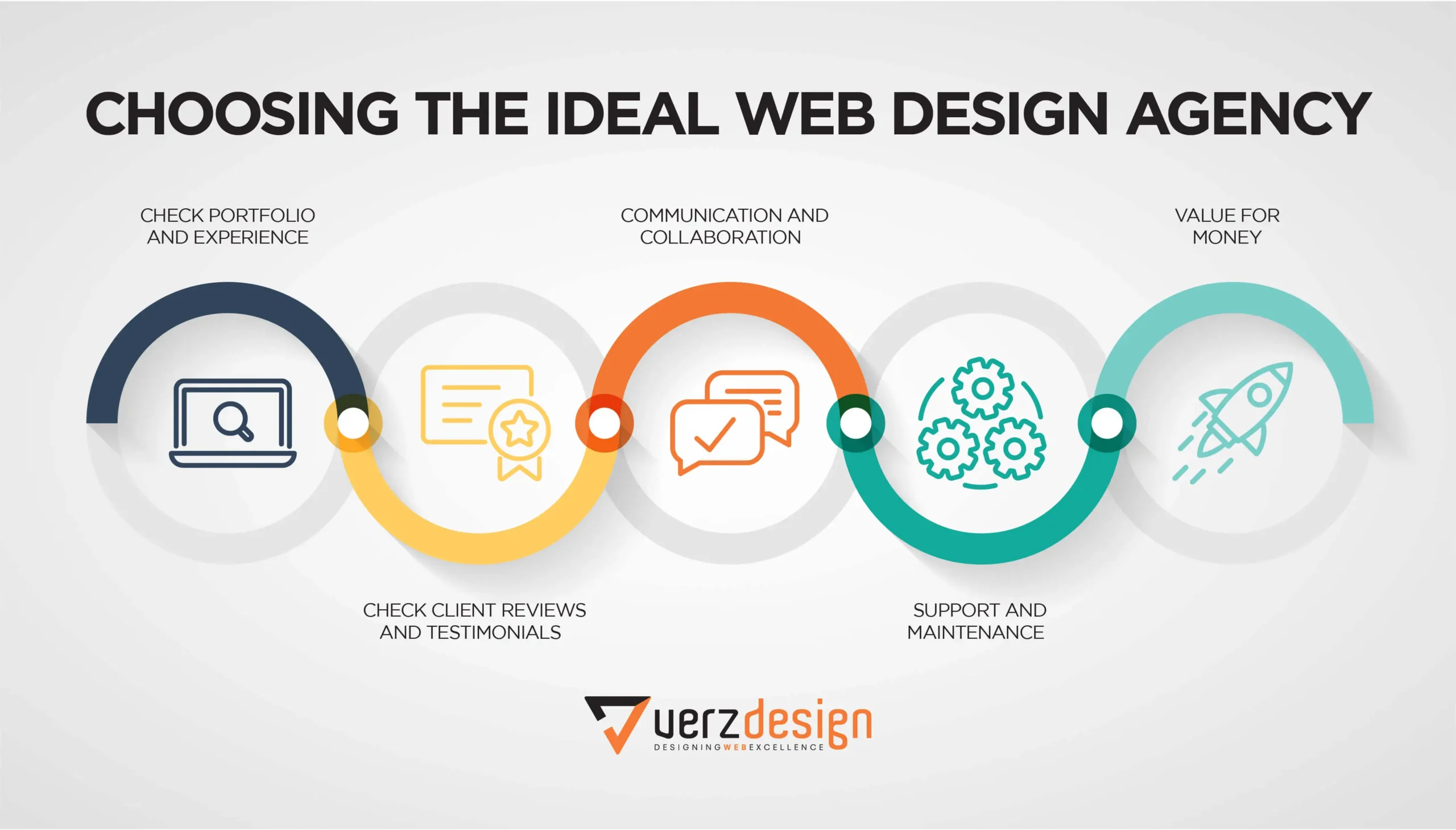Understanding Individual Experience: Key Concepts for Successful Internet Design
In the world of website design, understanding customer experience (UX) is critical to developing platforms that not just attract however additionally keep customers. Secret concepts such as intuitive navigating and effective responses mechanisms play critical roles in cultivating user satisfaction. Furthermore, considerations for accessibility make sure that all users can engage with the material flawlessly. The subtleties of aesthetic style and the relevance of iterative testing usually remain neglected. As we discover these fundamental elements, it becomes apparent that grasping UX is not merely an option however a need for success. What are the implications of overlooking these principles?
Relevance of Customer Experience

In the realm of internet design, one can not take too lightly the relevance of user experience (UX) as a crucial element that straight influences the success of an internet site. When users run into a engaging and instinctive interface, they are extra likely to check out the content, transform right into clients, or share their experiences with others.
It includes the general functionality of a web site, ensuring that navigation is seamless and info is conveniently accessible. Web sites that focus on UX are typically perceived as more credible and credible, which can have a profound effect on conversion prices.
Inevitably, buying user experience is not just a design choice; it is a tactical decision that can distinguish a brand in a crowded marketplace. By focusing on UX, businesses can create meaningful interactions that resonate with users, leading the way for continual success in the electronic landscape.
Use Concepts
Efficient website design hinges on the application of key use concepts that guarantee a site is both functional and straightforward. Central to these principles is the concept of intuition, where individuals can navigate the website easily without comprehensive instruction. Clear navigating structures, including regular designs and well-labeled menus, boost this user-friendly experience, allowing customers to locate info swiftly.

Uniformity is similarly important; maintaining harmony in style elements, terms, and treatments across the website aids to lessen confusion. Users need to not need to relearn exactly how to interact with various sections of the website.
Additionally, mistake prevention and recovery are crucial for functionality. Websites need to be created to minimize the opportunity of user mistakes, and when errors take place, clear and useful mistake messages ought to guide individuals towards resolution.
Access Considerations
Making certain ease of access in internet style is extremely important for producing comprehensive digital experiences that accommodate all users, including those with handicaps. Ease of access factors to consider involve creating websites that suit diverse requirements, enabling individuals with aesthetic, auditory, cognitive, or motor problems to navigate and connect efficiently.
To attain this, internet designers must comply with established standards, such as the Internet Content Availability Guidelines (WCAG) These guidelines give a framework for making content perceivable, operable, reasonable, and durable. Key methods consist of making certain adequate shade comparison, providing text options for non-text material, and making certain key-board navigability.
Additionally, semantic HTML ought to be made use of to boost display reader compatibility, enabling individuals with aesthetic impairments to comprehend the framework and definition of content intuitively. web design. Providing clear, succinct instructions and utilizing simple language can additionally enhance usability for individuals with cognitive disabilities
Regular accessibility testing, involving genuine users with handicaps, is necessary to recognize obstacles and enhance the individual experience. By focusing on availability, internet developers not published here just adhere to lawful requirements however likewise foster a more fair electronic landscape, eventually benefiting every person via improved functionality and engagement.
Visual Style Elements
A myriad of visual design components plays a critical function in shaping customer understandings and experiences on a website. These components include color design, typography, layout, images, and whitespace, each adding to the general aesthetic appeal and performance of a site.

Color design stimulate feelings and can influence user activities; for example, warm shades may create a feeling of seriousness, while great colors frequently advertise calmness. Typography, on the other hand, influences readability and can establish a brand name's character - web design. The choice of font design and size have to line up with the website's purposes and target audience
Images, including icons and images, improves narration and can substantially impact customer engagement. High-quality visuals produce a sense of professionalism and trust, while poor-quality images might interfere with the customer experience.
Design and whitespace are just as essential, as they lead individuals via the content. A well-structured design helps individuals locate information swiftly, while adequate whitespace stops mess, helping with an extra enjoyable searching experience.

Evaluating and Iteration
User screening and model are fundamental elements Bonuses of an effective internet layout process. Individual screening entails observing just how real individuals engage with an internet site, identifying functionality problems, and recognizing customer behavior.
Iteration, on the other hand, is the process of fine-tuning the layout based upon the understandings gained from user testing. By making incremental modifications and re-evaluating the style, groups can improve capability, boost appearances, and maximize customer involvement. This intermittent approach fosters a culture of continuous improvement, allowing developers to adjust to customer demands and arising fads properly.
In addition, incorporating both customer screening and version into the design process leads to more enlightened decision-making and inevitably causes a much more user-centered product. By embracing these principles, internet developers can produce a lot more user-friendly, engaging, and efficient experiences that reverberate with their target market, eventually driving higher customer satisfaction and retention.
Verdict
In verdict, individual experience is a vital element of effective website design, encompassing use, availability, and aesthetic factors to consider. Abiding by recognized principles improves user satisfaction and involvement, promoting an extra comprehensive online setting. Constant screening and version function as crucial processes for recognizing and attending to user discomfort points, making certain that website design stay versatile to developing demands. By prioritizing these components, web developers can create user interfaces that not only satisfy customer expectations yet also advertise lasting connections.
In the realm of internet layout, recognizing user experience (UX) is critical to producing systems that not just attract but likewise maintain customers.In the world of internet layout, one can not underestimate the significance of individual experience (UX) as an essential component that straight affects the success of an internet site. User testing involves observing how real users communicate with a site, determining functionality problems, and comprehending individual habits.In final thought, individual experience is a vital element of efficient web style, including functionality, availability, and aesthetic considerations. Continuous screening and model offer as crucial useful site processes for determining and dealing with user pain factors, making sure that internet styles remain versatile to advancing demands.